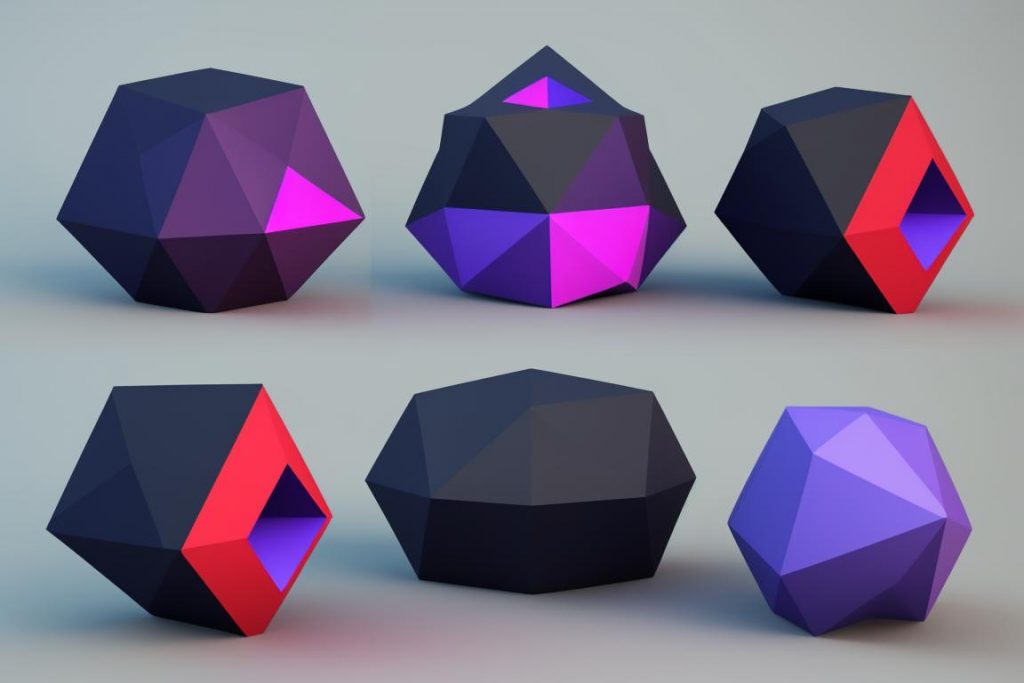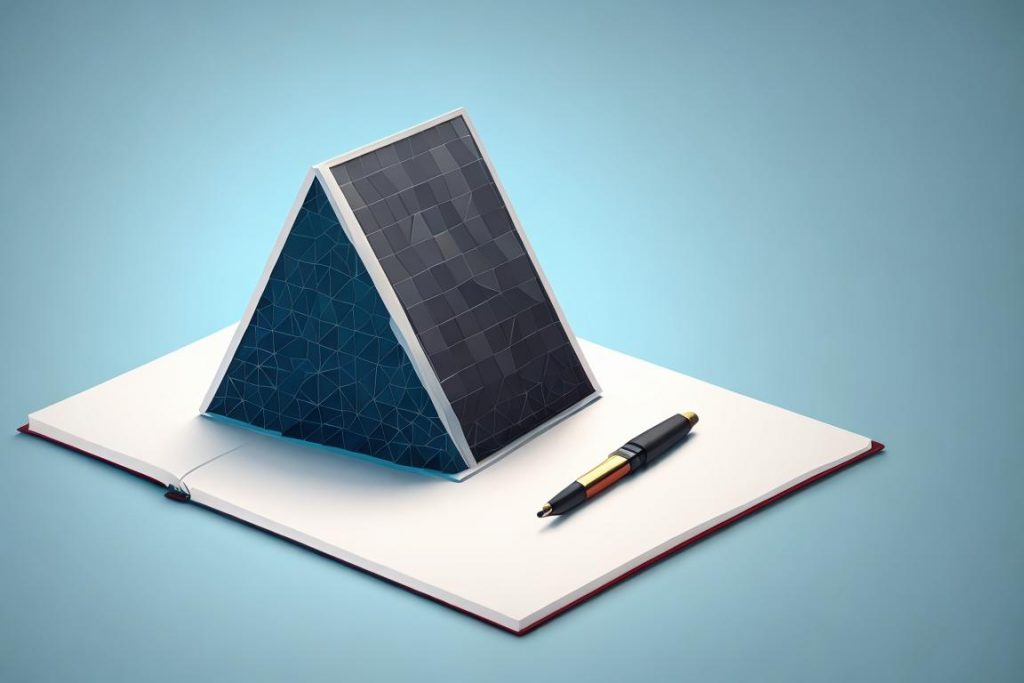
A Comprehensive UX Research Approach on How to Design the Innovative TVs of Tomorrow to be More Inclusive and Accessible
Designing the televisions of the future is an exciting challenge, especially when it comes to ensuring they are inclusive and accessible to everyone. When I dive into a project like this, I don’t just focus on the tech specs or the latest trends. What drives me is understanding the diverse needs of users, pinpointing their pain points, and using those insights to craft designs that work for everyone.
Here’s how I would approach this research process:
Research Process
1. Defining Objectives and Goals
Every project starts with setting clear objectives. In this study, my objective would be to design a TV that caters to all users, including those with disabilities. My goals would be:
- Identify key accessibility issues in current TV designs.
- Understand what users truly need and prefer.
- Develop solutions that enhance both accessibility and inclusivity.
2. Stakeholder Interviews
I find that talking to stakeholders — designers, engineers, and product managers — is crucial. These conversations helps me grasp the current design process, the challenges they face, and their vision for the future. It’s through these discussions that I gain a deeper understanding of the constraints and opportunities within the project.
3. Literature Review
I immerse myself in existing research on accessibility in TV design. This involves diving into industry standards and guidelines to ensure that my approach aligns with best practices. It’s about building on what’s already known and finding ways to push the boundaries further.
4. Competitive Analysis
I also take a close look at what competitors are doing. By evaluating the accessibility features of existing products, I identify gaps and uncover opportunities for innovation. This competitive analysis helps me pinpoint what’s working and where there’s room for improvement.
5. User Research
User research is at the heart of my design process. I would conduct both qualitative and quantitative research with a diverse group of users, including those with various disabilities.
Here’s a breakdown of the holistic studies I would undertake:

Holistic Studies to Conduct
1. Ethnographic Studies
I would visit people in their homes to see how they interact with their TVs in their natural environment. These observations reveal real-life challenges and preferences, providing invaluable insights into how users engage with their devices daily.
2. Usability Testing
I would test TV prototypes with participants from different demographic and ability groups, both remotely and in person. This helps me identify usability issues and gather feedback on accessibility features, ensuring the designs meet a wide range of needs.
3. Surveys
Surveys allow me to collect broad data on user preferences, behaviors, and pain points. I would ask questions about everything from TV usage patterns to the effectiveness of current accessibility features. This quantitative data helps me spot trends and make informed design decisions.
4. Diary Studies
I would ask participants to keep a diary of their TV usage over a set period. They would document their experiences, challenges, and interactions with accessibility features. This long-term view provides a deeper understanding of how users engage with their TVs over time.
Survey and In-Depth Questions
To gather meaningful insights, I would focus on asking questions that get to the heart of users’ experiences. Here are examples of the questions I would explore:
Survey Questions
1. Demographic Information:
- Your age, gender, location, and occupation.
- Do you have any disabilities or accessibility needs? (e.g., visual, auditory, mobility, cognitive)
2. TV Usage:
- How often do you watch TV?
- What type of content do you watch the most? (e.g., movies, series, news, sports)
- What devices do you use to watch TV? (e.g., smart TV, streaming device, mobile app)
3. Accessibility Features:
- Are you aware of the accessibility features available on your TV?
- How often do you use these features?
- Rate the effectiveness of the following accessibility features: [list features]
4. Pain Points and Preferences:
- What are the biggest challenges you face when using your TV?
- What features or improvements would make your TV experience better?
In-Depth Interview Questions
1. Introduction:
- Can you tell me a bit about yourself and your typical TV-watching habits?
2. Current Experience:
- Can you describe your experience with using your current TV?
- What do you like and dislike about it?
- Have you encountered any specific accessibility challenges?
3. Accessibility Needs:
- What accessibility features do you use most frequently? Why?
- Can you describe a recent experience where an accessibility feature helped you?
4. Future Expectations:
- If you could design the perfect TV, what features would it have?
- How do you envision future technologies like VR, AR, and AI improving your TV-watching experience?
5. Feedback on Prototypes (if applicable):
- Here is a prototype of a new TV interface. Can you walk me through your thoughts as you interact with it?
- What improvements would you suggest for this prototype?

Diary Study Example
Diary Study Plan
For a diary study, I would plan for:
- Duration: 2 weeks
- Participants: 20 diverse users, including individuals with various disabilities.
Diary Instructions
1. Daily Entries:
- How many hours did you watch TV today?
- What type of content did you watch?
- Did you use any accessibility features? If so, which ones and why?
- Describe any challenges or difficulties you encountered while using your TV.
- What was the most enjoyable part of your TV-watching experience today?
2. Weekly Reflection:
- Looking back at your TV usage this week, what stood out to you?
- Were there any recurring issues or pain points?
- Did any accessibility features significantly enhance your viewing experience?
- What changes or improvements would you like to see?
By conducting these in-depth and diverse studies, I would gather the insights needed to design TVs that are truly inclusive and accessible. It’s about creating a viewing experience where everyone, regardless of their abilities, can enjoy their favorite shows and movies without barriers.
